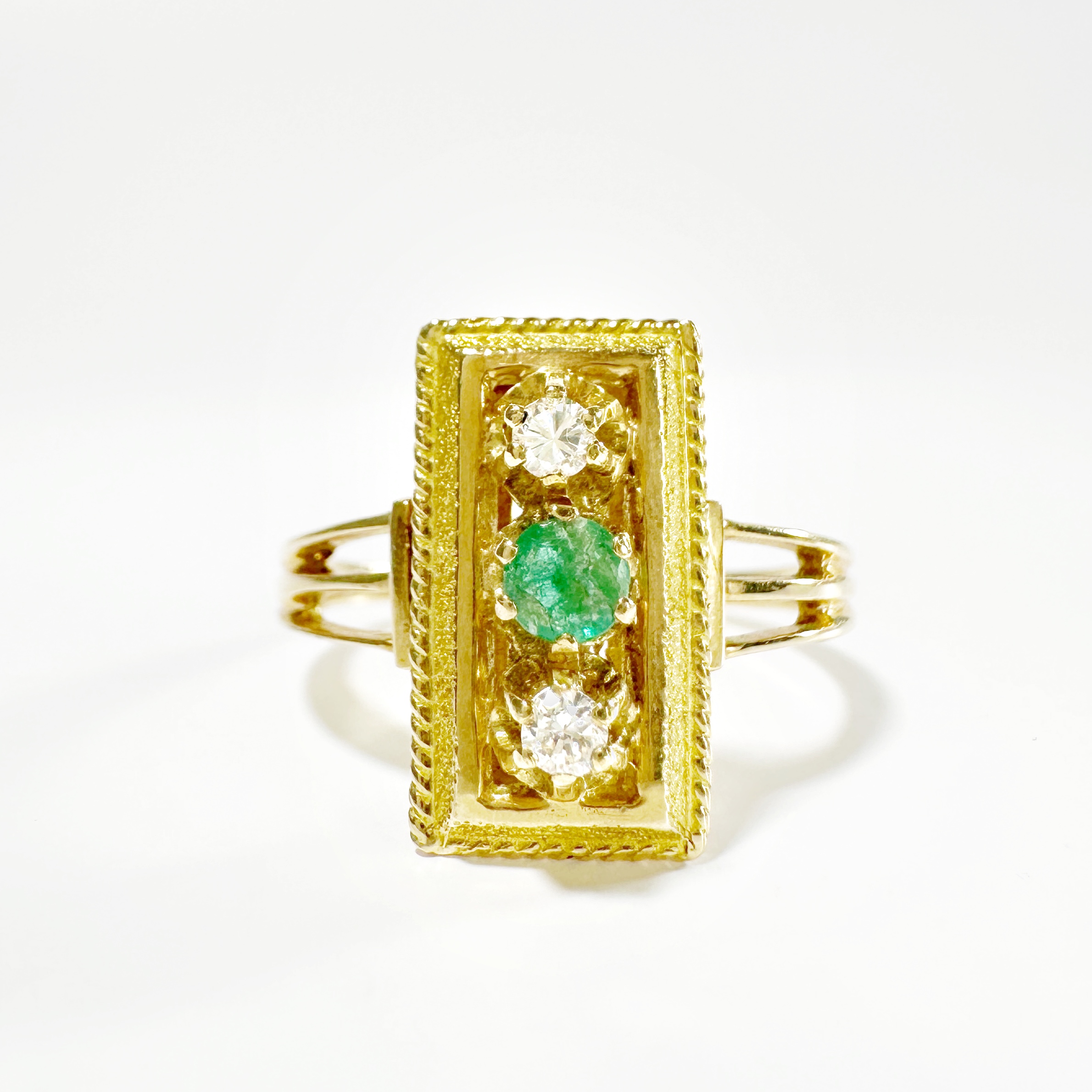 The history of the signet ring, also known as the sigillary ring, dates back thousands of years. It comes in the form of a ring with a large head on which are engraved initials or coat of arms. Thus, signet rings have been found in the tombs of pharaohs and other high dignitaries of ancient Egypt. Unique by definition, they then bore symbols related to nature and the Gods.
The history of the signet ring, also known as the sigillary ring, dates back thousands of years. It comes in the form of a ring with a large head on which are engraved initials or coat of arms. Thus, signet rings have been found in the tombs of pharaohs and other high dignitaries of ancient Egypt. Unique by definition, they then bore symbols related to nature and the Gods.
Around the 6th century BC, the signet ring displayed, among the Greeks and Romans in particular, symbols of power. In the Middle Ages, women and men wore them. It allowed them to “sign” official documents with a wax seal. It then marked the authority of the one who wore it.
With the literacy of society, the signet has gradually lost its usefulness. It then adopted a symbolic and identity image.
Worn by both women and men, the signet meets different codes depending on the country, sex and time. In England, the signet is usually worn on the left little finger. In France, it is worn on a different finger depending on the place in the fraternity because of the rules of nobility.
Forgotten for some time, the signet ring found renewed popularity at the beginning of the eighteenth century. Its wide head is enriched, overtime, with precious stones or enamel.
Today, it can be worn for symbolic or purely aesthetic reasons, but it is always a statement.
 en
en
 Français
Français




